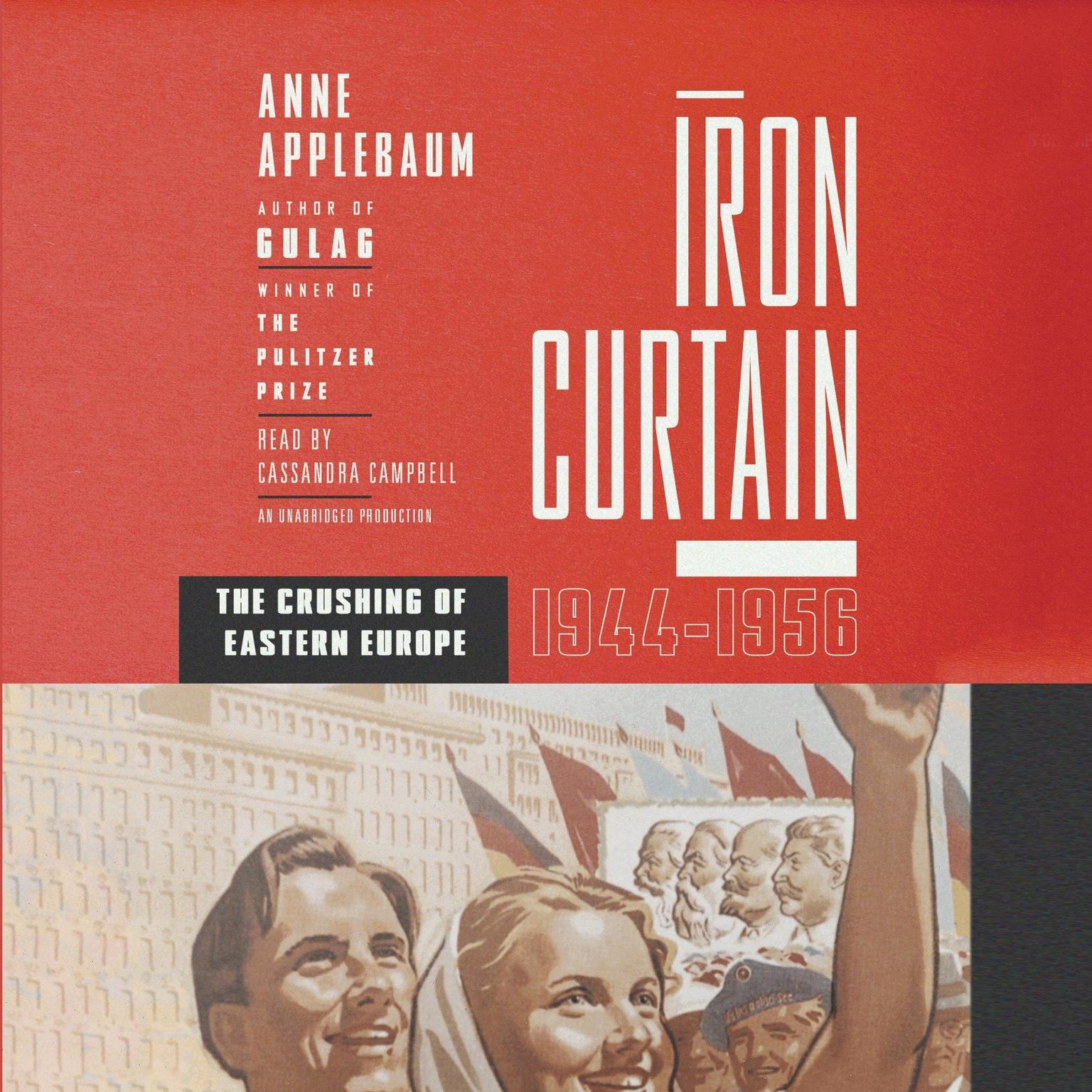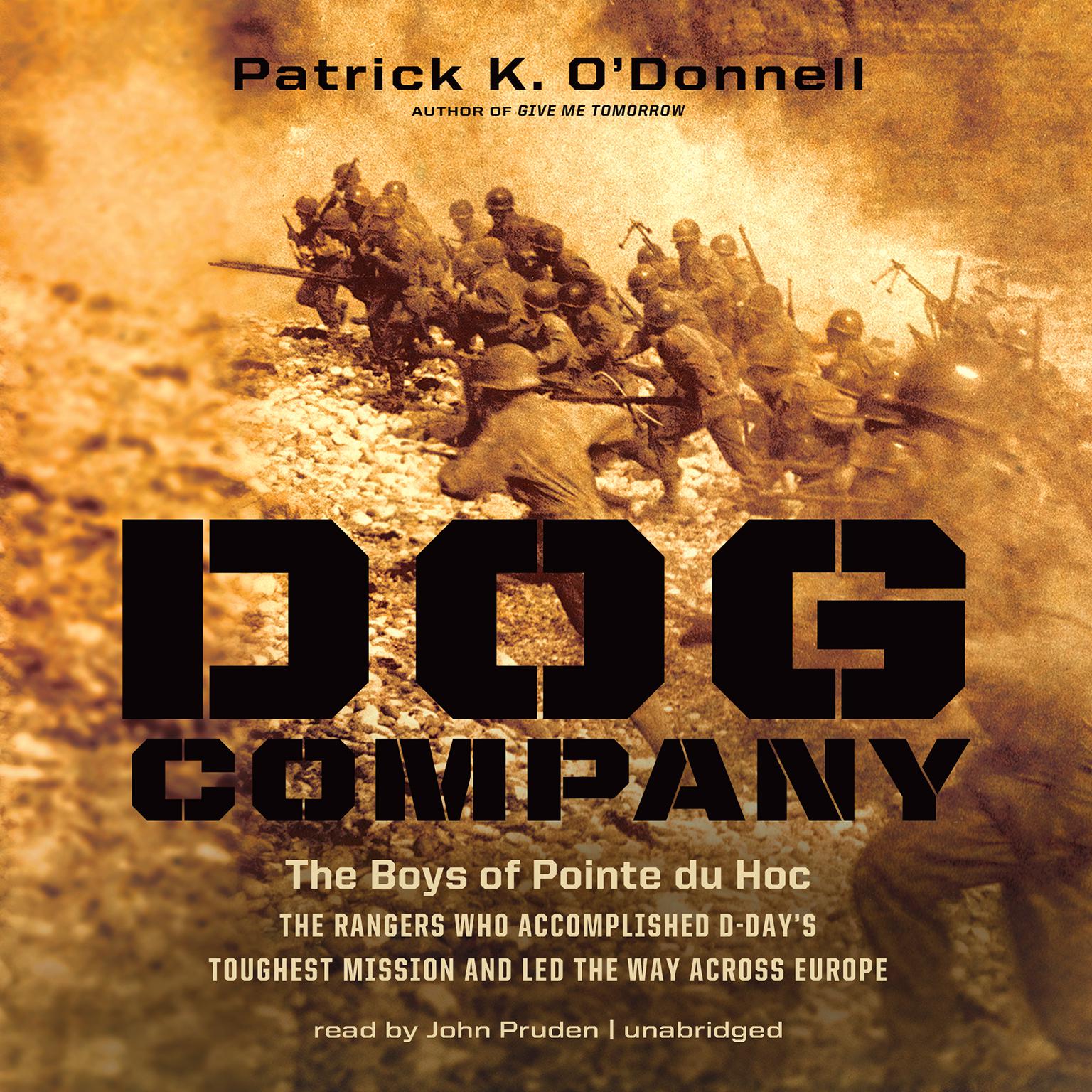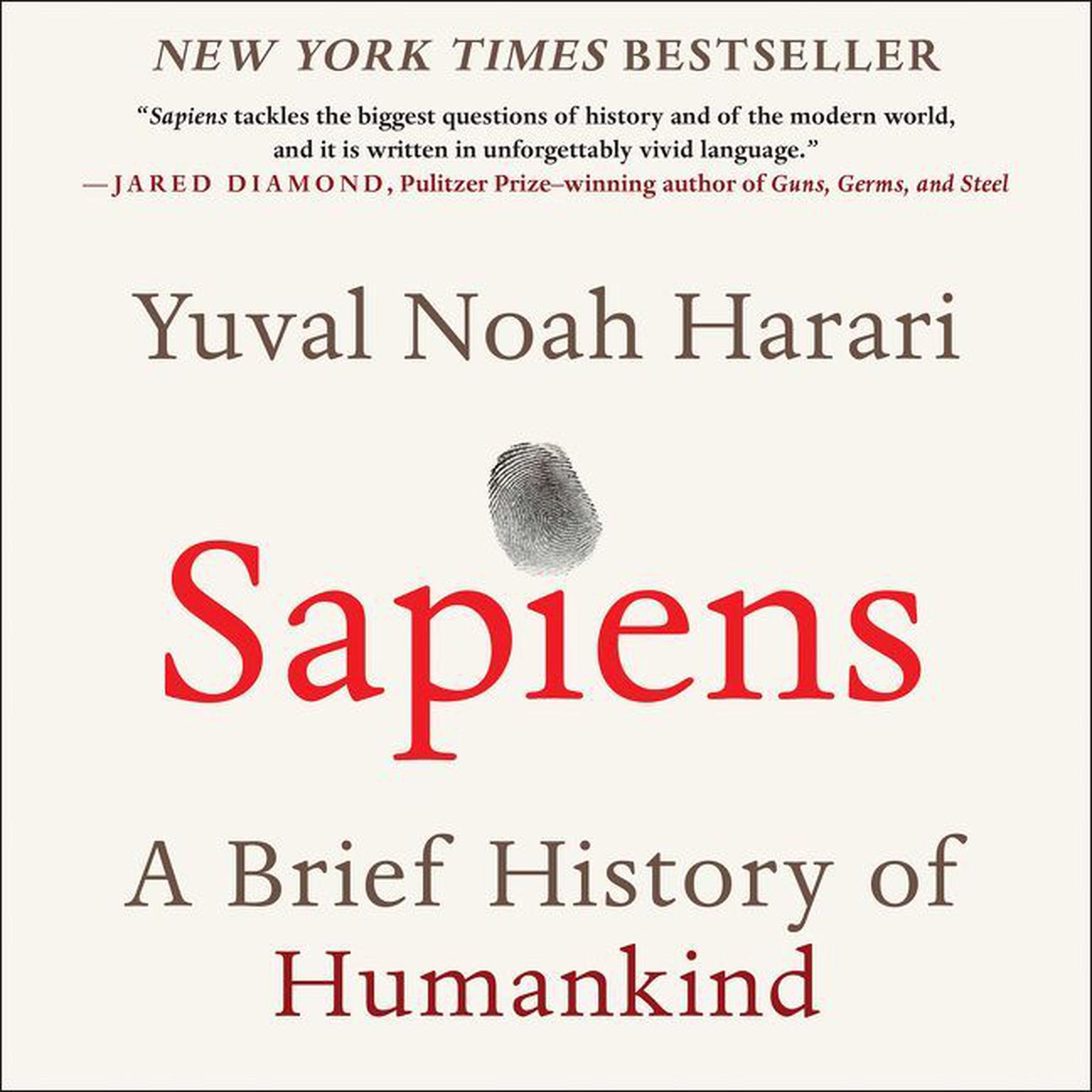Publisher Description
In the long-awaited follow-up to her Pulitzer Prize-winning Gulag, acclaimed journalist Anne Applebaum delivers a groundbreaking history of how Communism took over Eastern Europe after World War II and transformed in frightening fashion the individuals who came under its sway. At the end of World War II, the Soviet Union to its surprise and delight found itself in control of a huge swath of territory in Eastern Europe. Stalin and his secret police set out to convert a dozen radically different countries to Communism, a completely new political and moral system. In Iron Curtain, Pulitzer Prize-winning journalist Anne Applebaum describes how the Communist regimes of Eastern Europe were created and what daily life was like once they were complete. She draws on newly opened East European archives, interviews, and personal accounts translated for the first time to portray in devastating detail the dilemmas faced by millions of individuals trying to adjust to a way of life that challenged their every belief and took away everything they had accumulated. Today the Soviet Bloc is a lost civilization, one whose cruelty, paranoia, bizarre morality, and strange aesthetics Applebaum captures in the electrifying pages of Iron Curtain.
Download and start listening now!
“If one has ever wondered how the eastern part of Europe following WWII became the Eastern Communist Block this book answers that question. In a post-war environment, did countries devastated by war have any choice what came next? Did the countries agree with the communist philosophy? What role did the other great powers, US and Great Britain, play in this reconstruction period? Anne Applebaum does a magnificent job answering these questions, defining the context of change and how the past of these countries impacted their future, immediately following the war and later. While the Soviets occupied 8 countries, Ms. Appplebaum focuses her book on three: Poland, Hungary and Eastern Germany, with references to the other countries as the examples support the subject over the ten year period from 1945 to 1955. She approaches the communist experiment from a political and sociological perspective. The reader comes to understand totalitarianism: dominant ideology, single ruling party, secret police prepared to use terror, monopoly on information, and planned economy. One of the first quotes sets the tone: everything within the state, nothing outside the state, nothing against the state. In the first half of the book she discusses chapter by chapter how the USSR dismantled what had survived the war and attempted to replace it with what would support the totalitarian philosophy of total control. Using very poignant stories of individuals the author shows how hopeful these countries were following the war and how mislead they became as the Soviets strove to create the “Soviet Man.” From the very beginning when “ethnic cleansing,” the same type of ethnic cleansing that was the reason for WWII, continued through the take over of social organizations (women’s groups, YMCAs, Boy/Girl Scouts, Debate clubs, etc.), churches, schools,radio, police forces, economic systems the author leads the reader through the dismantling of not only societies but history as the Soviets, which I equate with Stalin, strove to create the Marxist utopia. By the end of the part one I was in total disbelief that the world could have stood by and allowed another Hitler like personality, Stalin, to have his way with these countries and their people, much in the same way Hitler did, and did nothing. Was it fear of another World War? Was it the world’s problem to solve? The second part of the book discusses what the countries tried to do for themselves, who the reactionary enemies were, the internal enemies, the reluctant collaborators and passive opponents and the prices they paid. Applebaum shows the stages these people set for the revolutions that began to take place in the mid-1950s following Stalin’s death, revolutions that continued in greater and lesser degrees all the way to 1989 when the wall was dismantled. After a thorough review of totalitarianism as it existed in this period the question is posed: can totalitarianism ever exist successfully? In my opinion it depends how you define “exist.” The reality is it still exists in countries today, North Korea comes to mind. But the existence of the people in that regime, and others like it, is not much different than that of the people in the Eastern Block countries, an oppressed existence. However, the 8 countries have since gone on to grow and prosper, recovering much of their history and original identities, so even with adversity and tragedy there is hope….Ms. Applebaum is to be commended for her extensive research and for boiling down that research into coherent, manageable, easily readable format. This is not a book for the faint of heart but for those seeking to understand how entire countries could presumably be co-opted into a way of thinking and believing.”
—
Carol (5 out of 5 stars)











